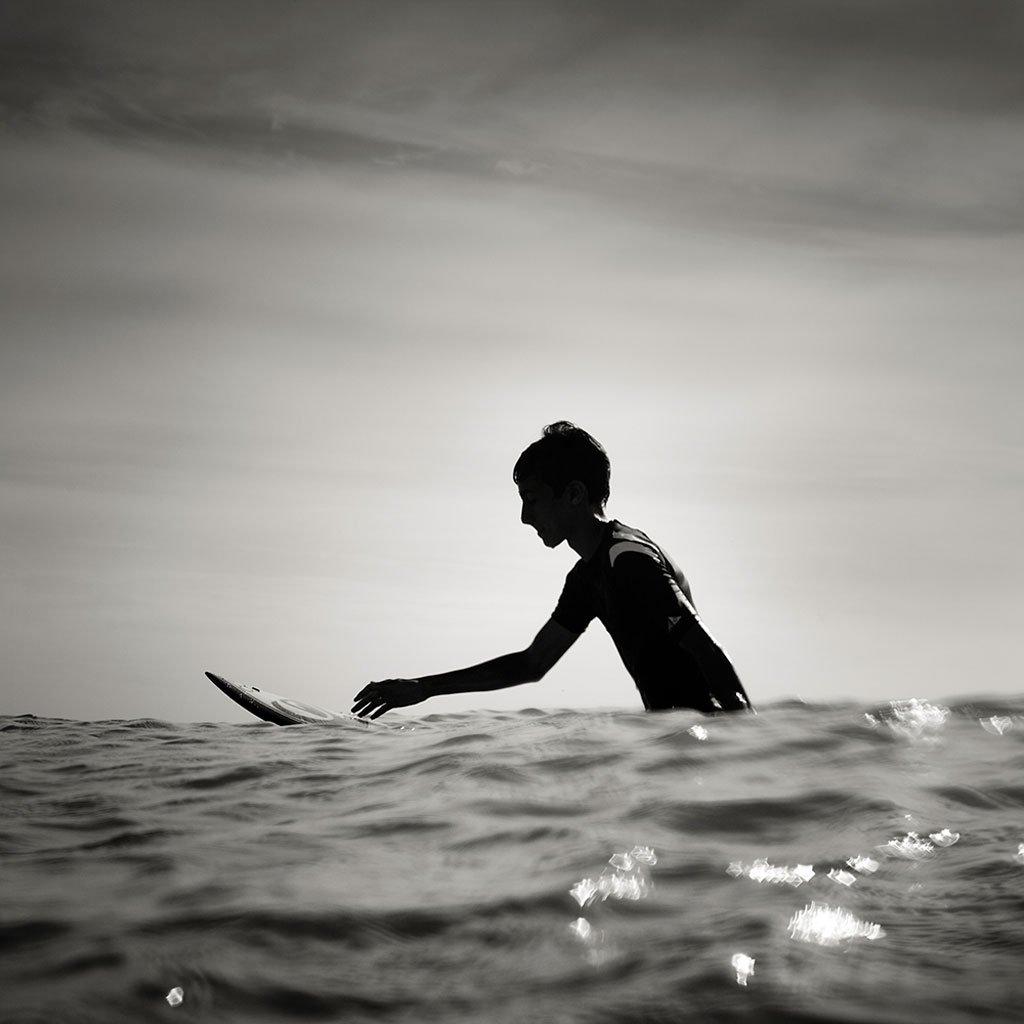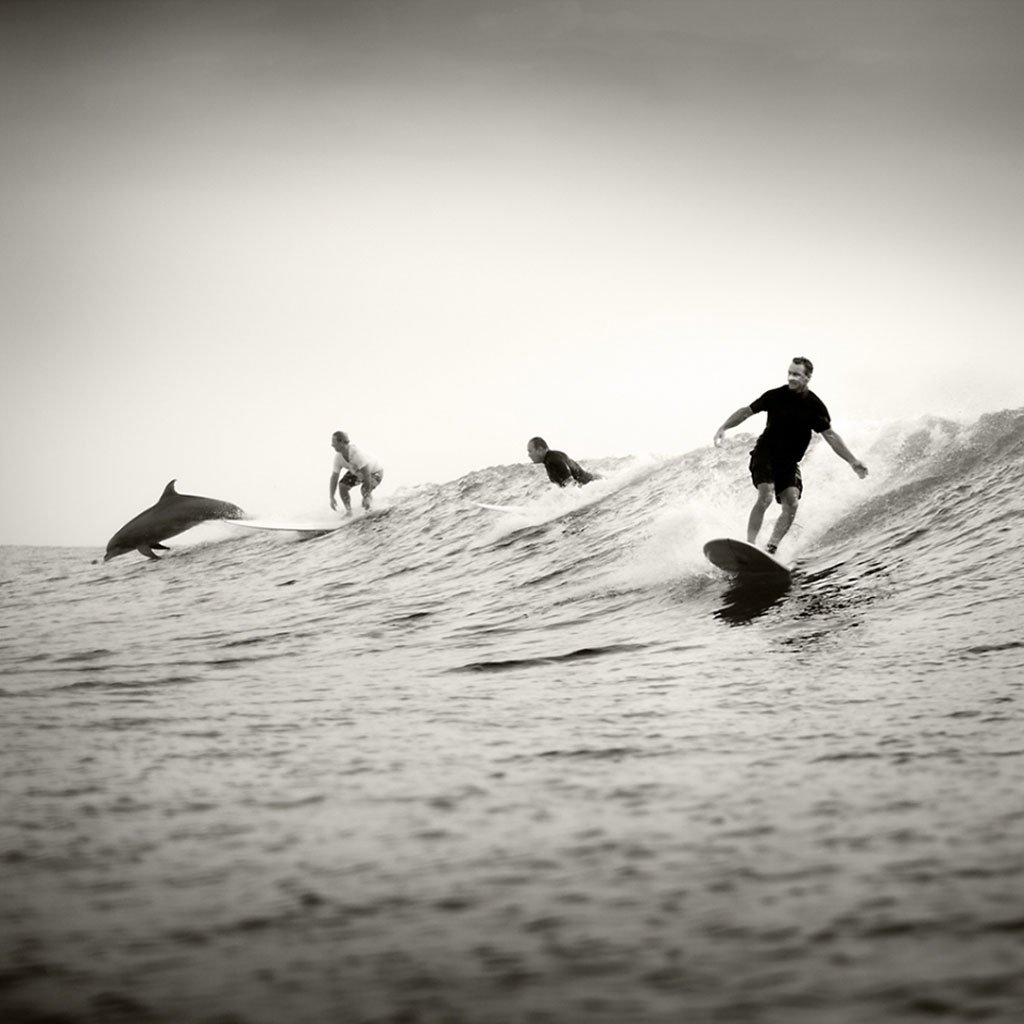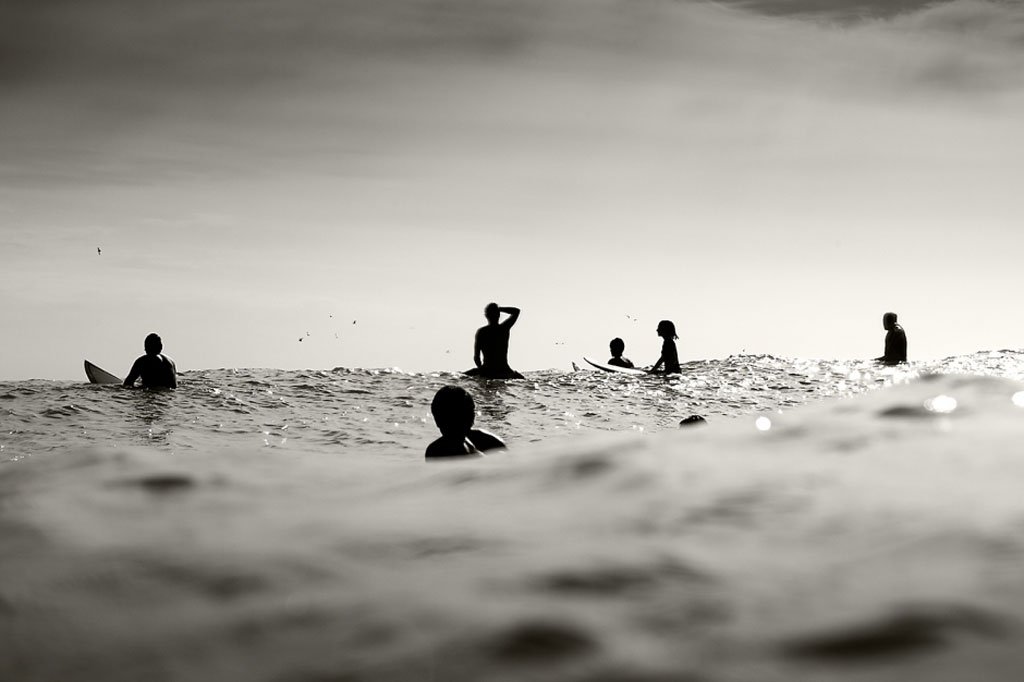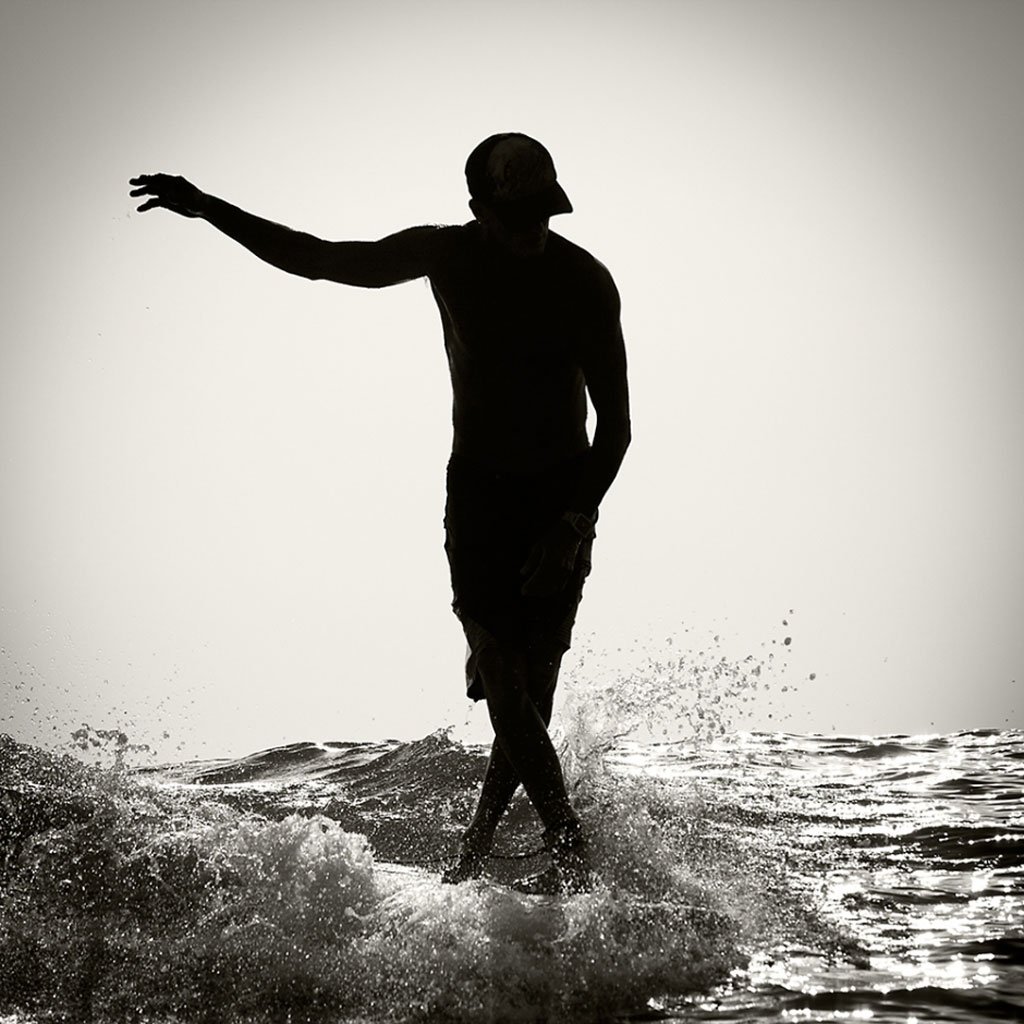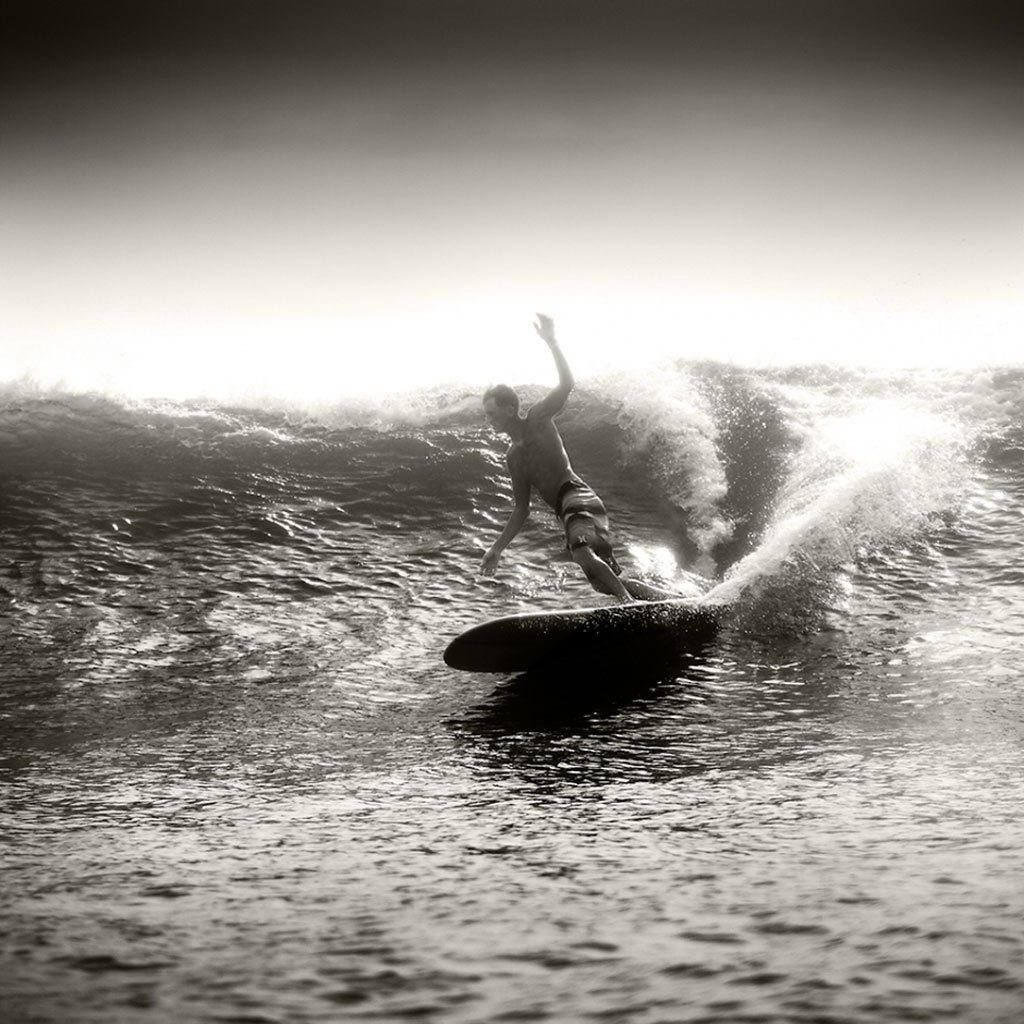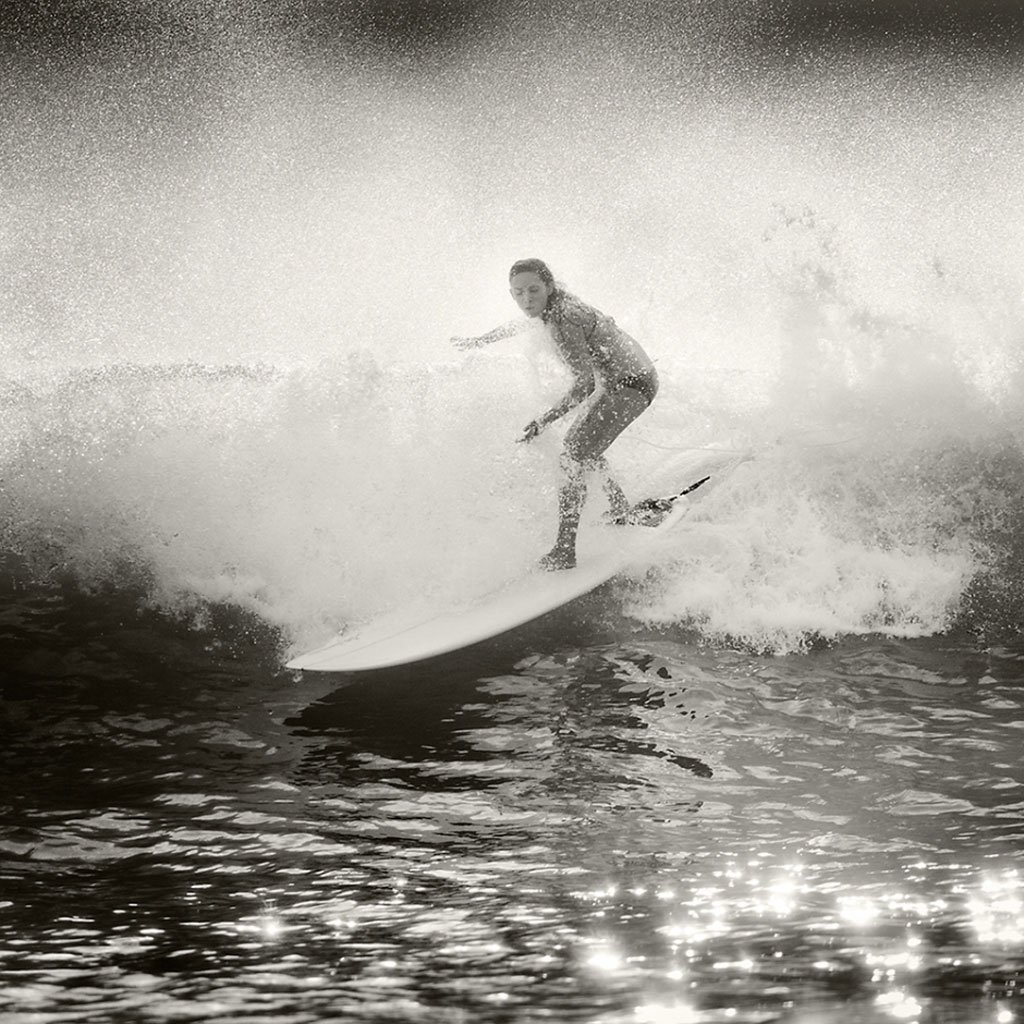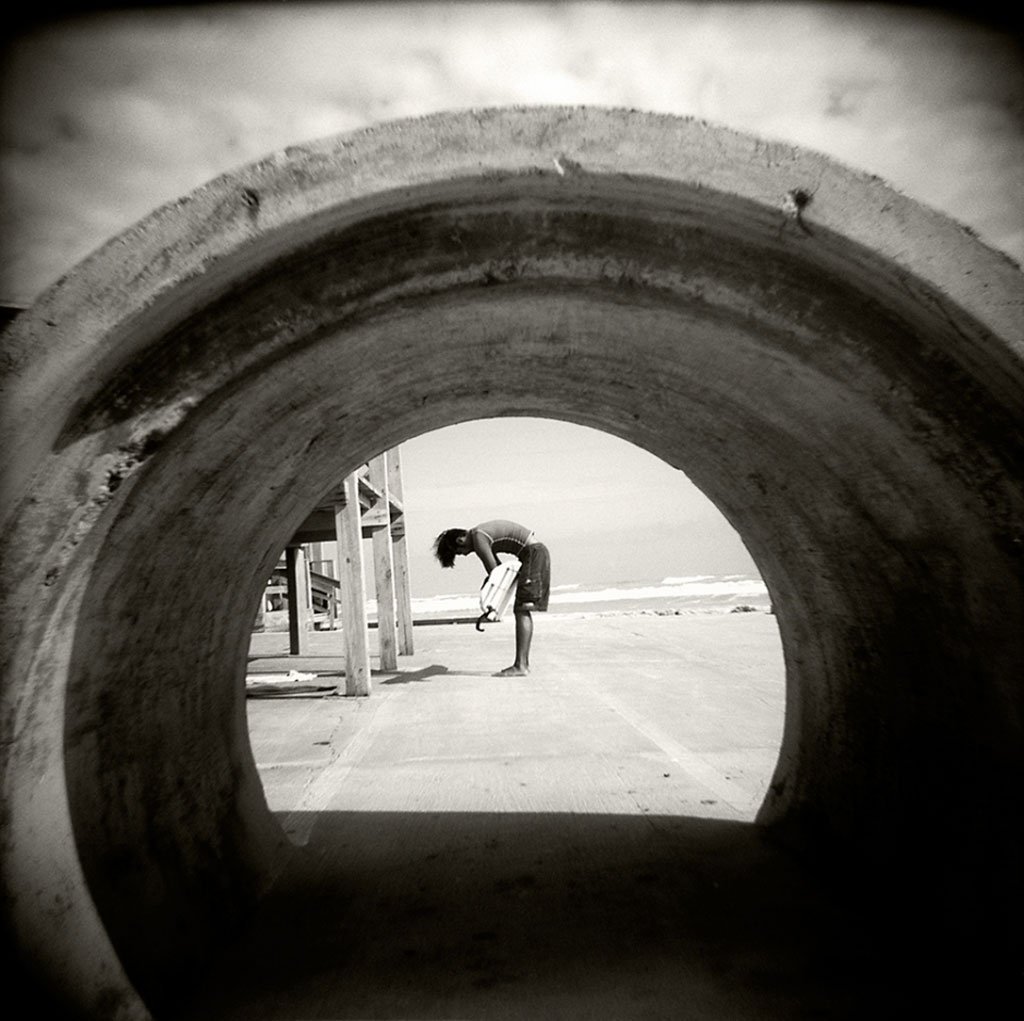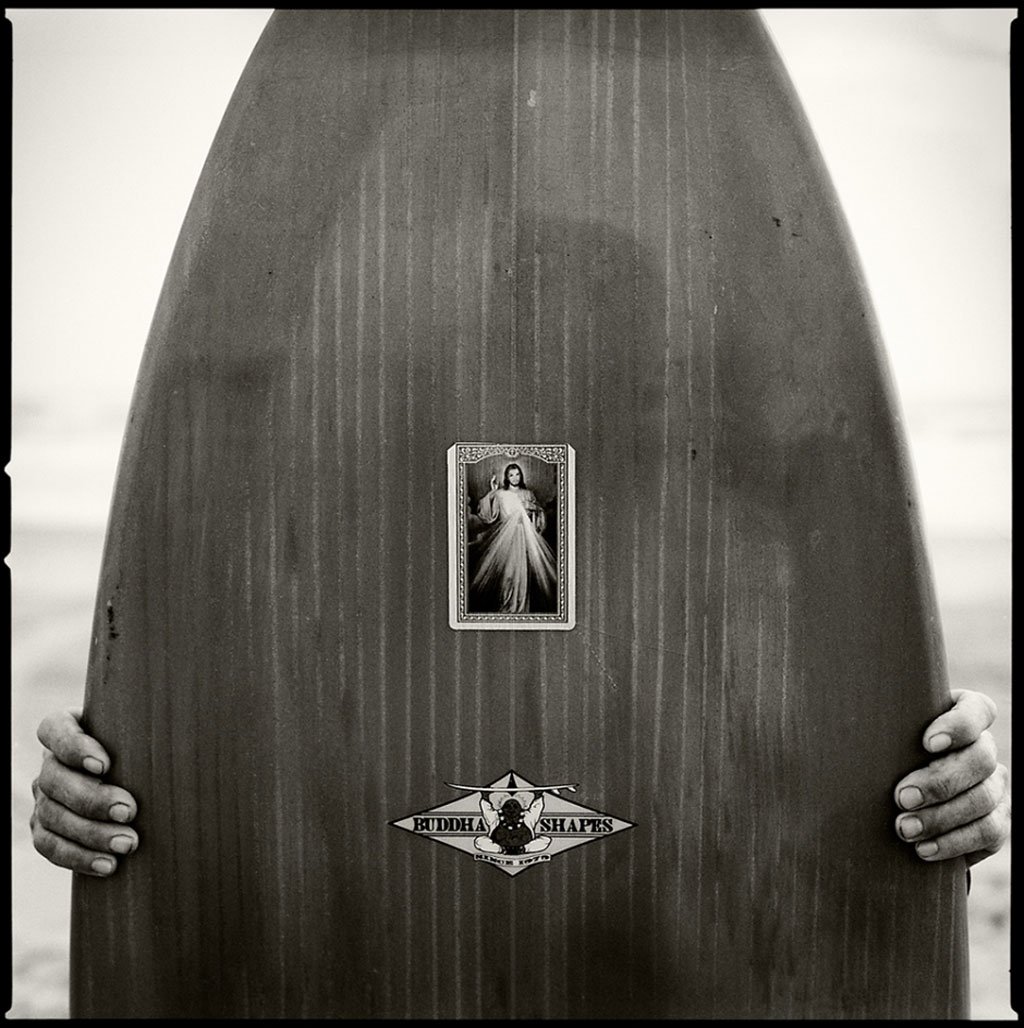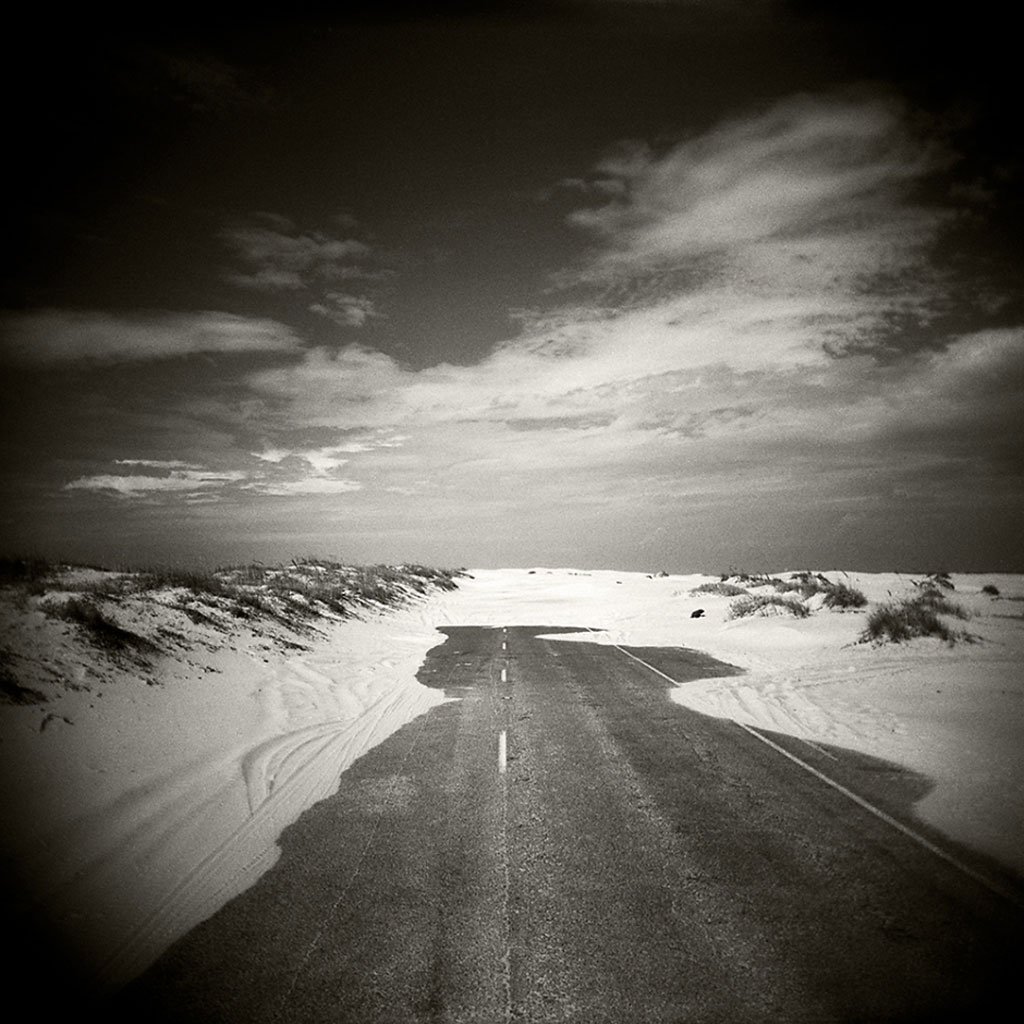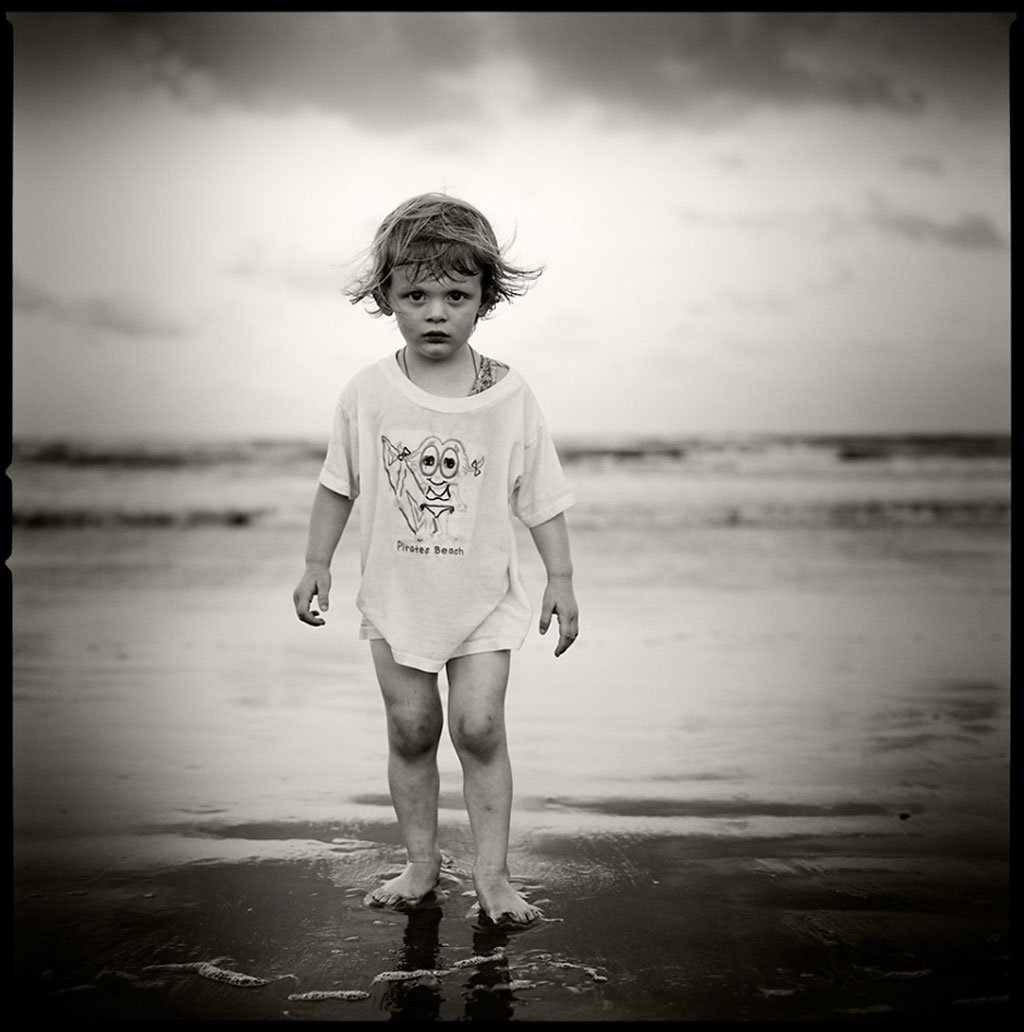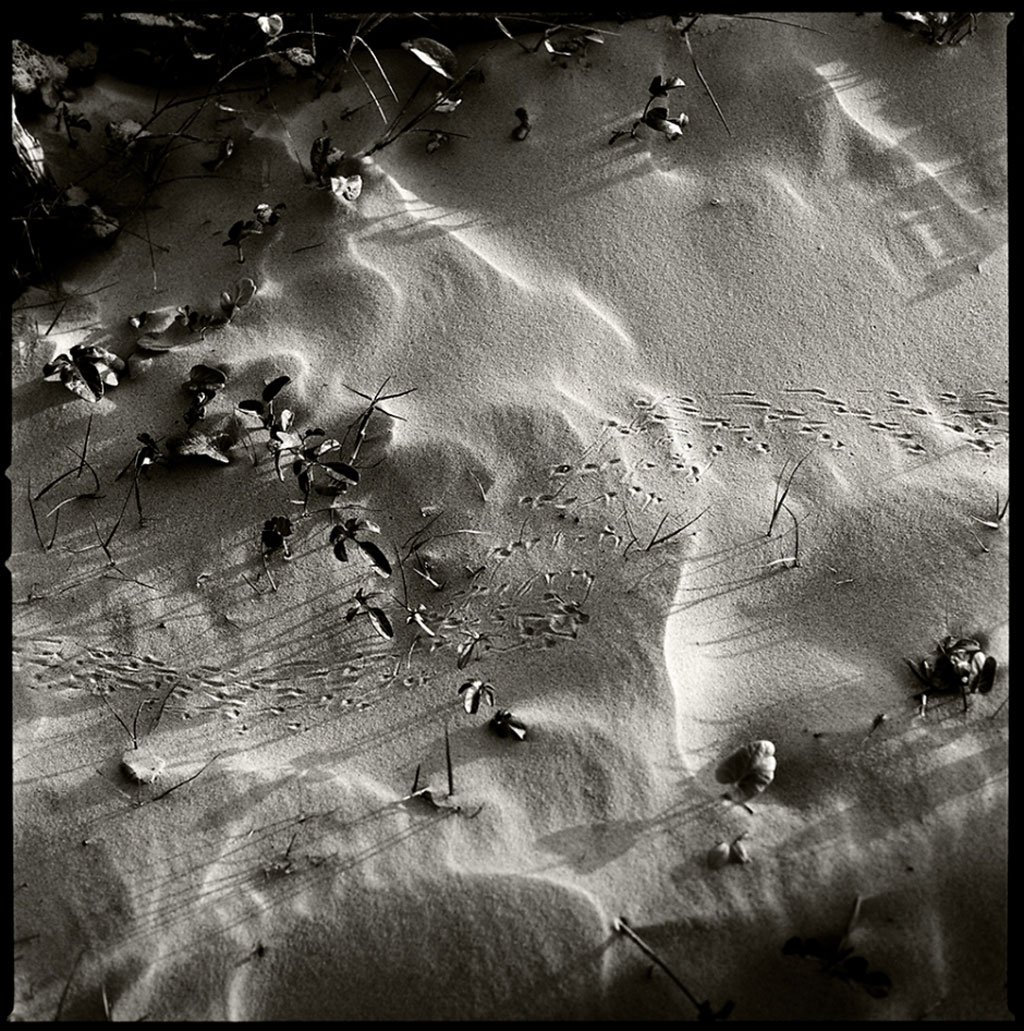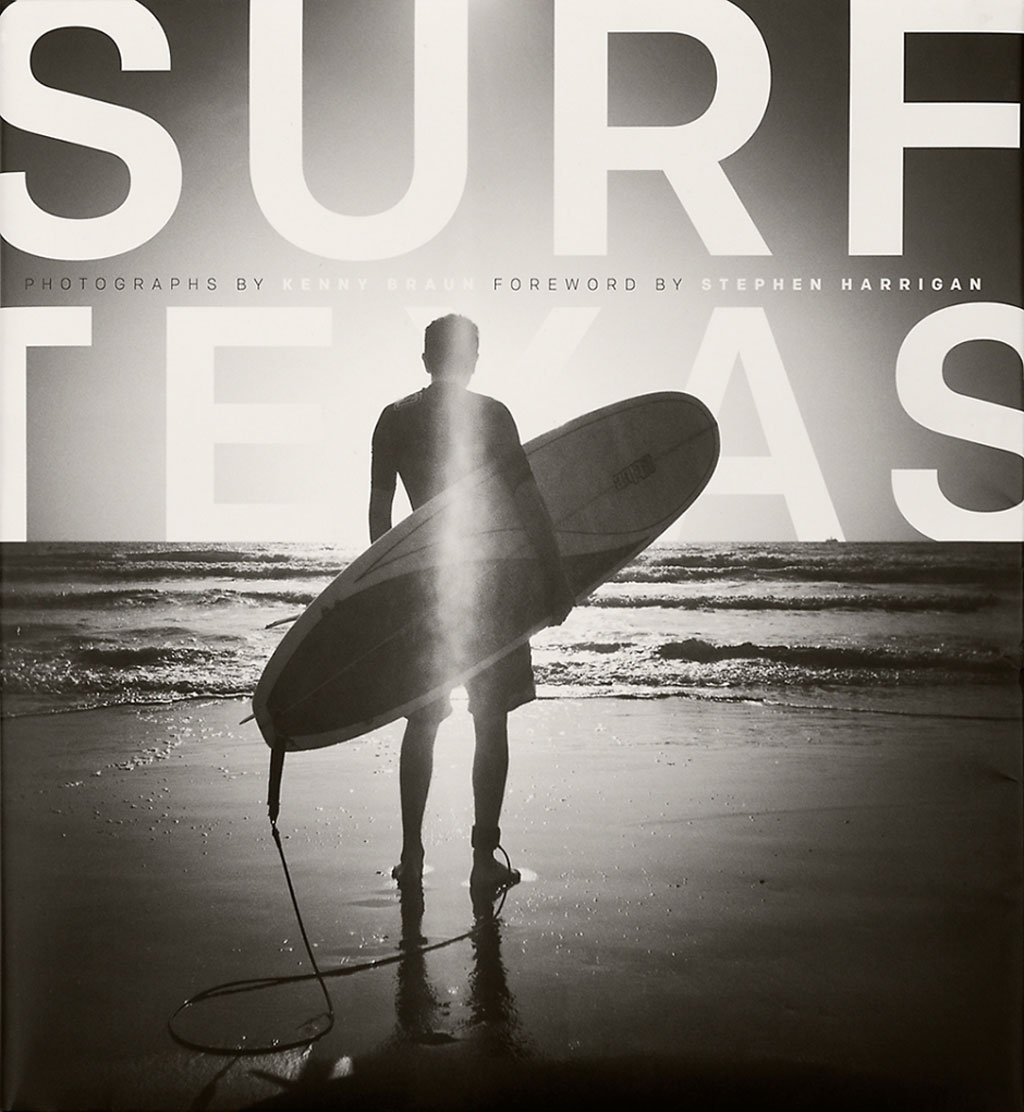More Photography
With over 600 miles of coastline, Texas is now among the top six surfing states in America. The Gulf Coast first saw surfers in the 1960s, and areas such as Padre Island, Surfside Beach, Los Fresnos, Port Isabel, and Galveston now have rich surfing cultures. Surf Texas, a 144-page photo-essay by Kenny Braun, is a coffee table book covering the scene from the late 1990s to the present. Just looking at the cover image of a man against the waves, one knows that opening this book means delving into a world of bold personality and Texan grit.
Raised in Houston, Braun was exposed to these beach towns early in his life. He embarked on his Surf Texas photo project to reconnect with the coast he knew so well in his youth and to capture the “primal appeal” of facing the water.
In content and in structure, Surf Texas is all about the Gulf. The cloth-bound volume collects black and white photographs shot over the course of fifteen years. Published by the University of Texas Press in Austin, the book includes a foreword by writer Stephen Harrigan and page designs by Pentagram Design. The pictures are laid out on one- and two-page spreads which add to the oceanic sense of vastness. Beside each image, there is a surf chart quantifying the waves as they were measured on the day each photo was taken.
Braun’s look at surf culture documents people, animals, objects, and architecture against backdrops of land, sea, and sky. People can be seen doing anything from waiting for a wave to reading on a seawall. The characters are styled with obligatory surfer scruff, shell jewelry, and polarized sunglasses as well as plain bathing suits or jeans and t-shirts. They move among friends and family and animals, mostly dogs, seagulls, and dolphins. Whether the people are smiling as they surf or posing for the camera, they seem familiar and down-to-earth.
The architectural subjects of Surf Texas range from landmarks such as a DOW Chemical Company plant, the Port Isabel Lighthouse, and the Queen Isabella Memorial Bridge to more anonymous sights such as dilapidated surf shops, cement tubes, and roads that disappear into the sand. Touching buildings and boards alike, religion marks the waterfront through the nautically named Anchor Church, a Jesus statue in the sand, and a surfboard decorated with stickers of both Jesus and Buddha.
Braun’s book debut is a must-have for proud Texans, surf enthusiasts, and anyone who likes photography with a human and natural edge. Surf Texas is now available online from the University of Texas Press and from select booksellers.
Surf Texas
by Kenny Braun
144 pages. University of Texas Press. $36.85.



